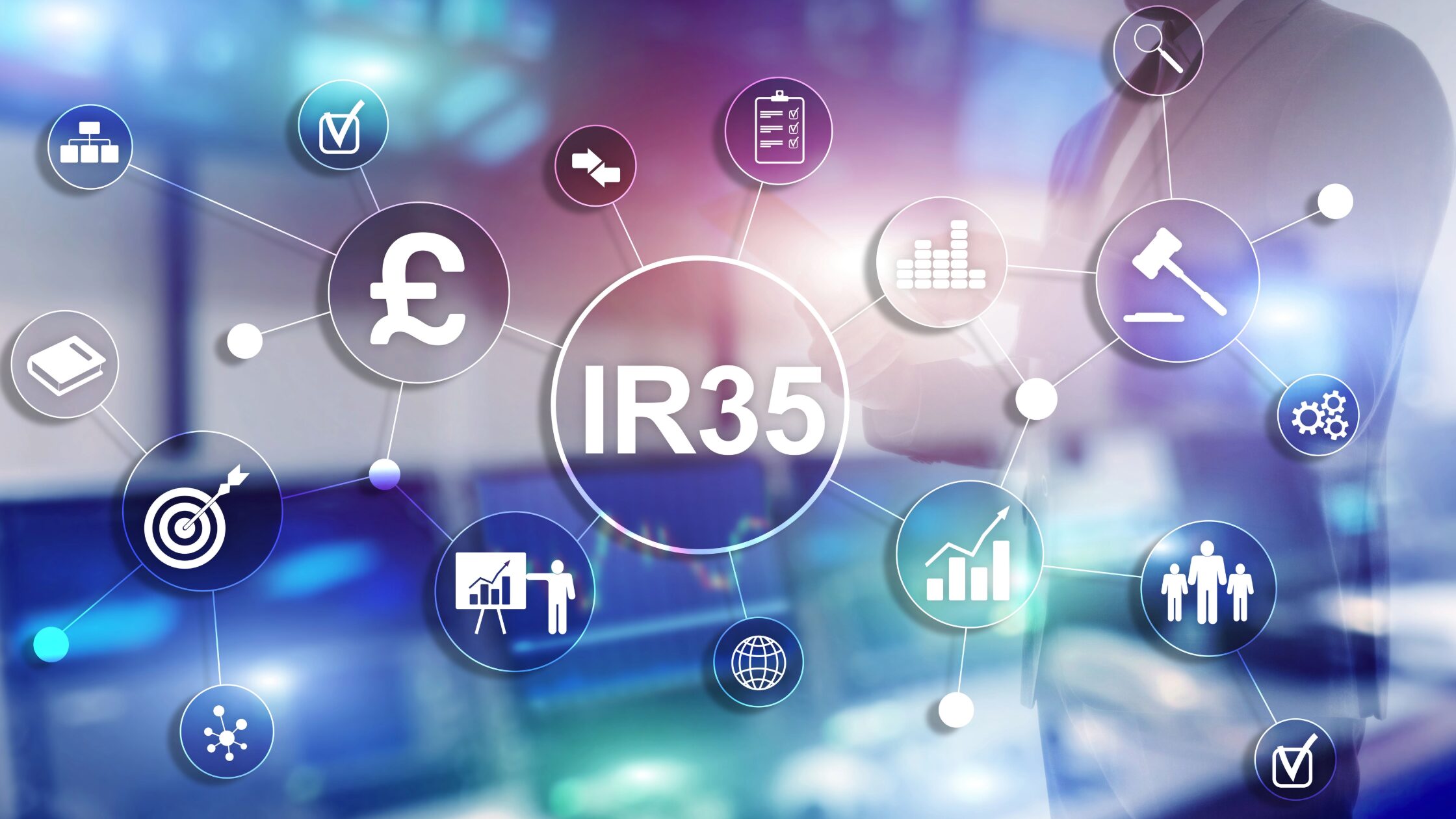Checked & unbalanced
10th December, 2021 I’m often educated by my law trained business partner as to…
9th April, 2018
New Tax year; new tax Rules on Disguised Remuneration to Bite
First published on Contractor UK- https://www.contractoruk.com/news/0013528new_tax_year_new_tax_rules_disguised_remuneration_bite.html
With the Finance Act 2018 receiving Royal Assent last month, it is worth taking a closer look at the legislation that is now in force affecting contractors and anyone else who’s received loans from third parties since April 6th 1999, writes Tom Wallace, head of tax at HMRC enquiry specialists WTT Consulting.
The intention to legislate against such loans was first announced at Budget 2016. To see the introduction of new anti-avoidance legislation is never a surprise for us tax professionals. Perhaps though, to see HMRC cast its net back so far into the past, demonstrated a new era of retrospective action against such arrangements.
For convenience we call this legislation the “2019 Disguised Remuneration (DR) Loan Charge.” And the tax year that the DR charge arises in starts tomorrow — Friday April 6th 2018.
The unfortunate truth is that the contractor industry was targeted with the types of structures that this new legislation is aimed at. It is therefore likely that even if you are not directly affected — one of your colleagues is, and they may know nothing about this given that HMRC have done little to raise awareness of the issue.
Like most tax legislation these days, the obligation to report falls on you and therefore whether HMRC are currently looking into your tax affairs or not, you may need to make a declaration or face financial penalties.
The structures that are being targeted generally involved you being an employee of a company that invoiced your end-client your full day rate (normally through an agency). The company would then pay you a small wage through the payroll with deduction of Tax and National Insurance. The remainder of the invoiced amount (minus fees) was subsequently transferred offshore, usually to a trust.
The trustees would then make a loan to you, normally with a loan agreement giving a repayment date many years in the future but with verbal assurances from the scheme providers that the loan would, in reality, never be recalled. Sometimes you were said to be in self-employment or in a Partnership rather than employed, but the money flow is essentially the same.#
There are other hallmarks to look out for which act as warning signs and are as valid today as they were then. Promises of ‘80-90% return’ of contract value after tax; ‘HMRC registered,’ and ‘QC approved,’ all normally featured in the marketing material. Should you still be using such an arrangement then you should seek independent professional advice as to whether HMRC would consider the arrangement tax avoidance.
In a nutshell, the 2019 DR Loan Charge looks to treat all such loans received since April 6th 1999 as income in the 2018/19 tax year.
There are two exemptions to this. Where the loan was written off on or before March 16th 2016 (the date the legislation was announced), then it is not subject to the charge. Likewise, where the loan has been repaid, in money, before April 5th 2019 then it will not be subject to the charge.
Those loans that are subject to the legislation will be charged at your marginal rate of tax. For most people, given the average value of the loans received, this will be at 40%.
There are of course far too many complexities to fully discuss here whether the loan you received is caught by the legislation or not, but it is clearly HMRC’s intention to catch all loans made by third parties which have not been repaid in full, in sterling, by April 5th 2019. These generally will be payments which were purported to be loans that have been received from offshore trusts, regardless as to whether you were employed or self-employed.
Where you have received such a loan you will be required to make a declaration to HMRC and provide “loan charge information” as specified by the legislation. HMRC has yet to provide details of the format the declaration must take, but it will need to be made between April 6th 2019 and September 30th 2019. That date does not coincide with the ‘due dates’ for self-assessment returns, so it seems more likely that an online form will be developed, in line with the Making Tax Digital agenda.
HMRC will require, among other things, the following “loan charge information” for the declaration: –
There are essentially only two sure-fire ways to avoid the Loan Charge.
The first is to repay the loan in full, and in money, by April 5th 2019. This sounds simple but does bring with it certain complications. Not everyone can afford to repay such large amounts and of course this was, after all, money you earned. Once you have repaid it there is then the question of what the trust does with the money as normally you will be a beneficiary of the trust and the money will need to be distributed to you with its own additional tax consequences. HMRC also claims that if the lender ‘earmarks’ the funds for you than a charge (under Part 7A ITEPA 2003) arises.
The second is to settle the tax and NIC on the loans with HMRC, treating the tax as due in the year the loans were received. This may be more beneficial as you will have the use of the remainder of your basic rate band and this may result in a lower tax bill. However, where HMRC have enquiries open, there will be interest to pay on top.
It should also be noted that where HMRC have enquiries open then these will not fall away just because you pay the 2019 DR Loan Charge. HMRC will continue to pursue these and where it believes tax is due, will apportion part of the paid Loan Charge against the liability arising. You should note however that the opposite is not true; and where HMRC considers no additional tax is due from earlier years enquiries, it will not refund any of the Loan Charge.
These arrangements, while generally sharing the same features, do have their own individual peculiarities and this article therefore by necessity cannot cover everything. If you think you are affected by the requirement to declare, then you should seek the advice of an independent tax specialist who has knowledge of such matters.
The penalties for non-compliance are severe with an initial penalty of £300 for failing to declare by the deadline, and then daily penalties of up to £60 for each subsequent day it remains outstanding.There is also a potential penalty of up to £3,000 for providing incorrect information.
You should also be aware that there are already structures out there that are being sold on the basis that they can avoid the Loan Charge. Be wary of these as HMRC has anticipated such opportunists and built in avoidance provisions to the legislation. At best you can expect HMRC enquiries for years to come if you use such a structure. At worst, you may face a higher tax bill then you would have had in the first place. As always ‘buyer beware,’ and if in doubt seek suitable independent advice.
 Article
Article
10th December, 2021 I’m often educated by my law trained business partner as to…
 Article
Article
2nd July, 2021 Crypto Tax- What can we learn from the US? Introduction The…
 Article
Article
Child Benefit Tax Return Rules Are Changing – What Is the High-Income Child Benefit…
 Article
Article
Navigating Dual Tax Residency: UK and International Rules for Cross-Border Employment Living and working…
 Article
Article
Navigating IR35 in 2025: What Businesses and Contractors Need to Know The IR35 Off-Payroll…
We’d love to hear from you!
Whether you simply have a quick question, or were seeking a more formal conversation to discuss your tax needs, drop your details here and we will be in touch! Alternatively, you can contact us on +44 (0)20 3468 0000.